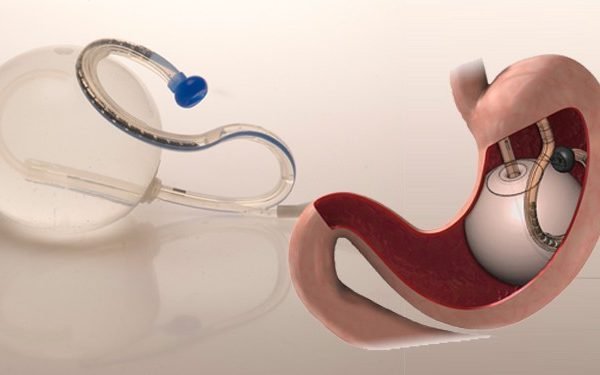Is There a Solution to the Scrap Metal Problem in the Automotive Industry?

The automotive industry has long grappled with the issue of scrap metal generated during the production and disposal of vehicles. This problem is significant, given the industry’s vast scale and the growing concern for environmental sustainability. Fortunately, there are several solutions and strategies that can help mitigate the scrap metal problem in the automotive industry. Cash for cars Brisbane
Recycling and Material Efficiency
One of the most effective ways to address the issue of scrap metal is to focus on recycling and material efficiency during the manufacturing process. Many automakers are increasingly adopting sustainable practices by recycling materials like steel, aluminum, and plastic. This not only reduces the amount of scrap generated but also lowers the demand for raw materials, cutting costs in the long run.
Design for Disassembly
Designing vehicles with disassembly in mind can significantly reduce the amount of scrap generated during the disposal phase. Manufacturers can create cars that are easier to take apart, making it simpler to recover and recycle valuable components and materials. This approach promotes a circular economy, where materials and parts are reused, refurbished, or recycled, rather than being discarded.
Lean Manufacturing Principles
Implementing lean manufacturing principles in the automotive industry can help minimize waste, including scrap metal. Streamlining production processes, reducing excess inventory, and optimizing resource usage can lead to a significant reduction in the volume of scrap generated during the manufacturing phase. Cash for cars in Logan
Advanced Manufacturing Techniques
Advancements in manufacturing technologies, such as additive manufacturing (3D printing), have the potential to reduce waste significantly. These techniques enable the production of components with minimal material waste, as they only use the exact amount of material required, reducing scrap in the manufacturing process. Cash For Cars Myrtletown
Material Substitution
Exploring alternative materials with a lower environmental impact is another solution. For instance, using lightweight composite materials can reduce the weight of vehicles, leading to increased fuel efficiency and, consequently, lower emissions. These materials may generate less scrap during production and disposal.
Responsible Disposal and End-of-Life Solutions
Managing scrap generated at the end of a vehicle’s life is crucial. Auto manufacturers can take responsibility for the proper disposal and recycling of their products, working in collaboration with recycling facilities and regulators. Encouraging vehicle owners to participate in end-of-life recycling programs can also help reduce the environmental impact.
Regulatory Initiatives
Government regulations and policies can play a pivotal role in reducing scrap in the automotive industry. Stricter environmental standards and recycling mandates can incentivize automakers to adopt greener practices and reduce the generation of scrap materials.
Collaboration and Research
Collaboration between automotive manufacturers, recycling industries, research institutions, and environmental organizations can drive innovation in sustainable practices. Investing in research and development to find new ways of reducing scrap and enhancing recycling techniques is vital for the industry’s long-term sustainability.
In conclusion, while the scrap metal problem in the automotive industry is a significant challenge, there are multiple strategies and solutions that can help address it. From recycling and material efficiency to advanced manufacturing techniques and responsible disposal, the industry has the potential to become more environmentally sustainable and reduce its impact on the environment. With the right combination of efforts from manufacturers, regulators, and consumers, a solution to this problem is within reach.




